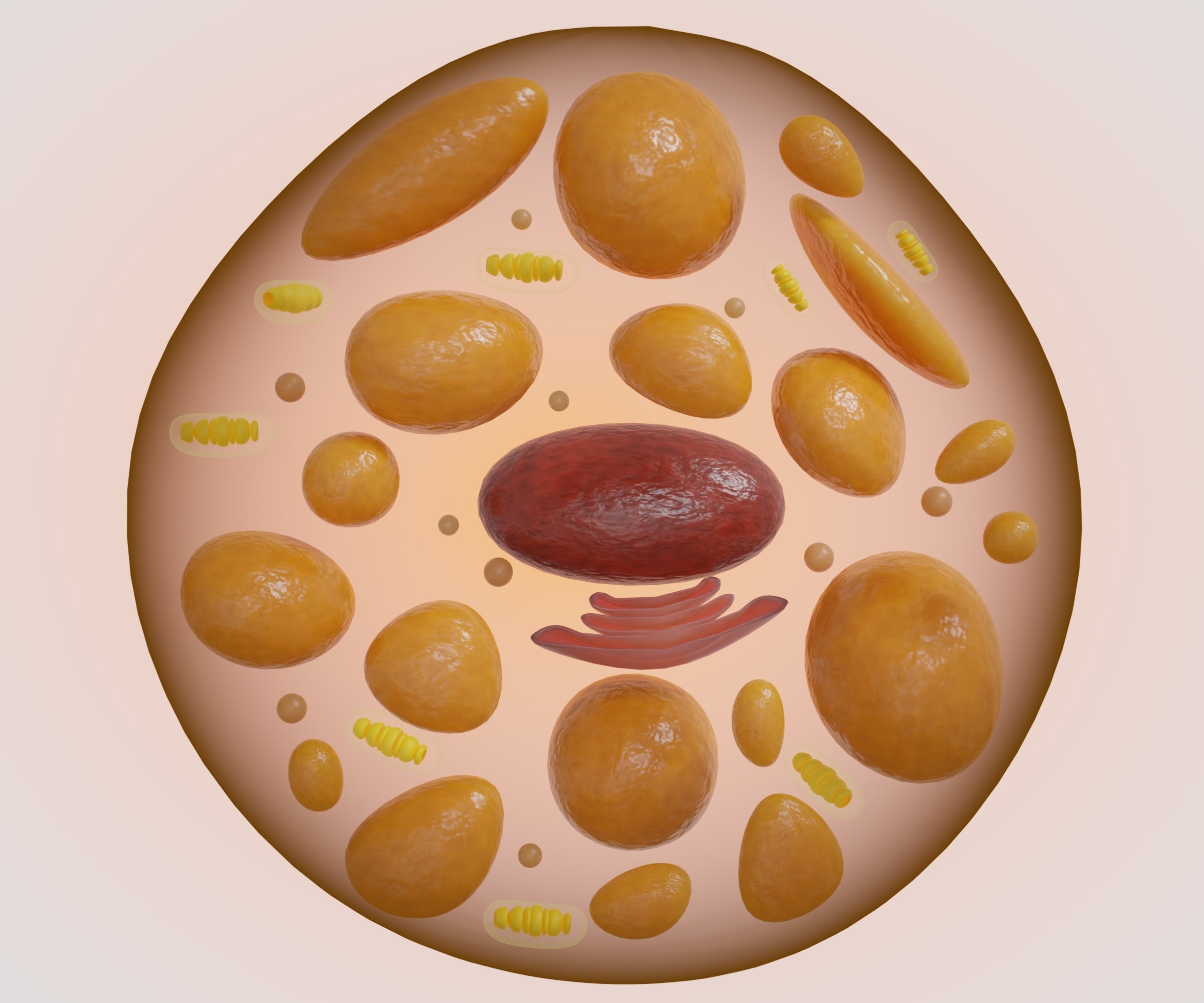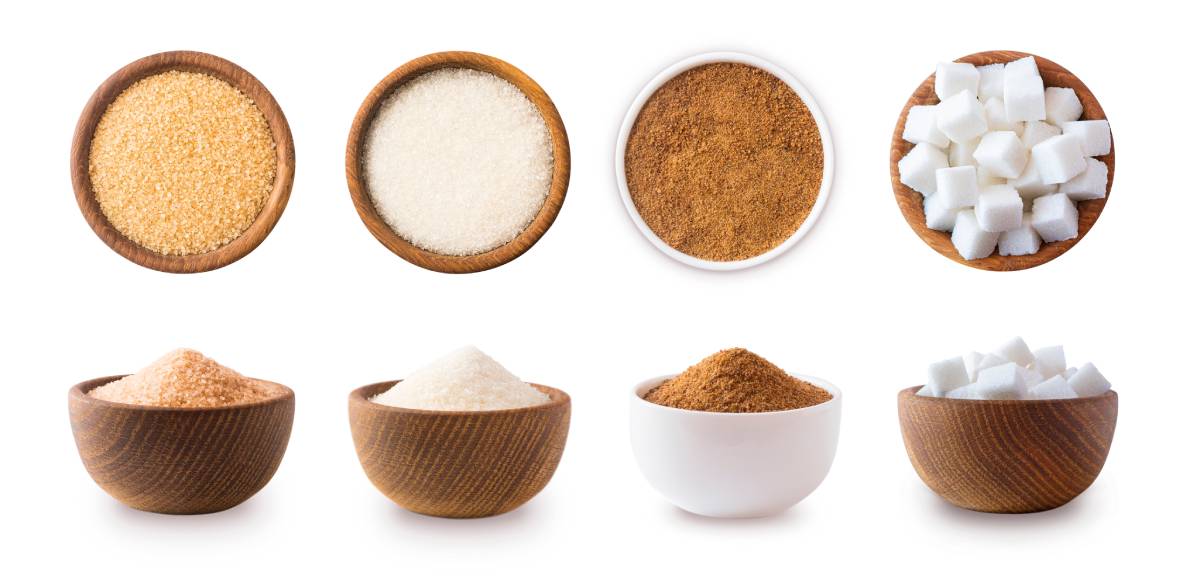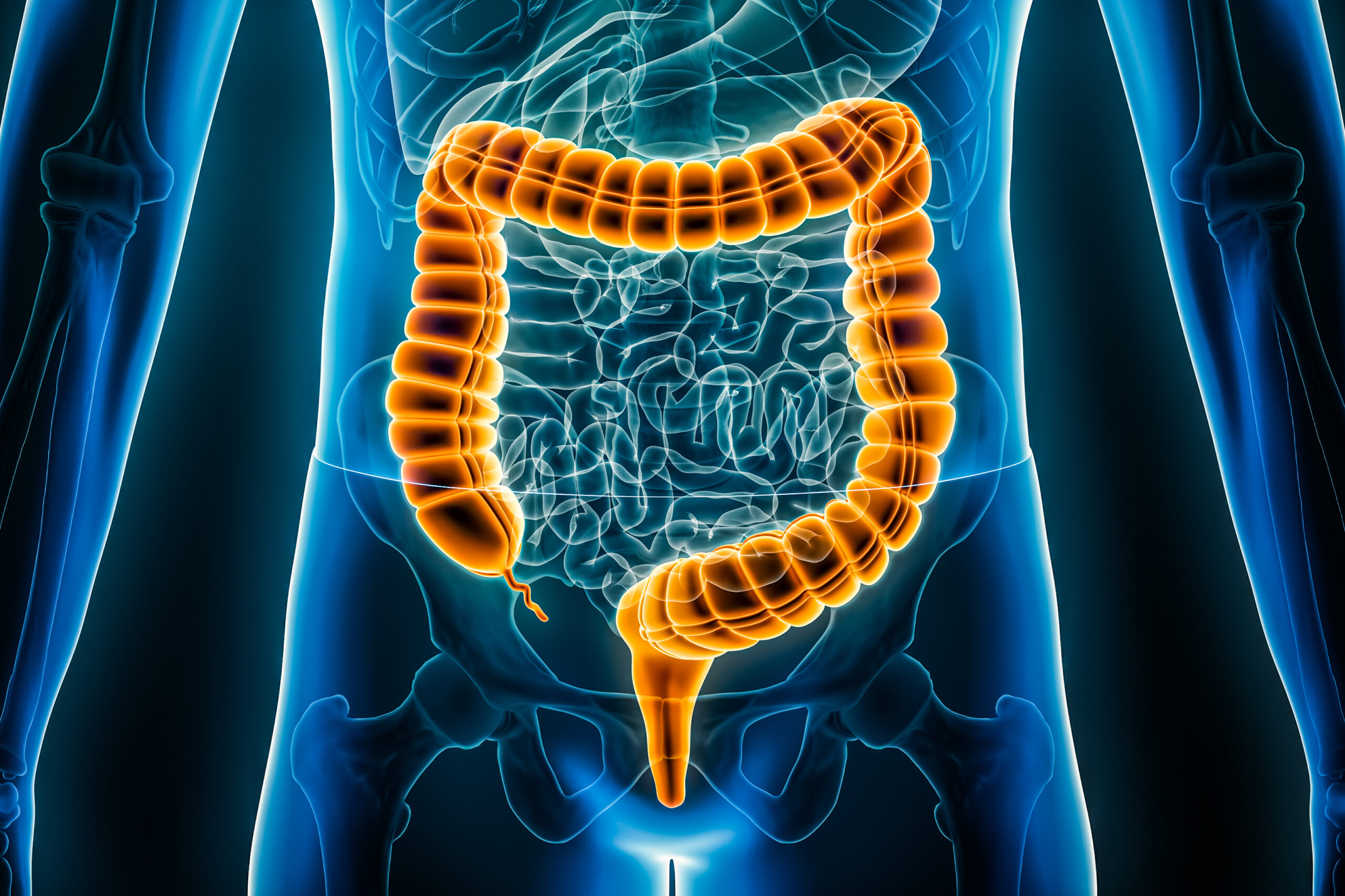Types of Vitamin B
Vitamin B, also known as the vitamin B complex, is a group of eight water-soluble vitamins that play essential roles in various bodily functions, including energy metabolism, cell growth and repair, nerve function, and the production of red blood cells. The different types of vitamin B each have their own unique functions and sources 1.
Vitamin B1 (Thiamine)
Vitamin B1, or thiamine, is crucial for converting carbohydrates into energy and supporting nerve function. Alongside multiple other types of vitamin B, vitamin B1 is involved in metabolism and supporting the nervous system. B1 also plays a role in muscle contraction and maintaining a healthy cardiovascular system. Good dietary sources of vitamin B1 include whole grains, nuts, seeds, legumes, pork, and fortified cereals 2.
Vitamin B2 (Riboflavin)
Vitamin B2, or riboflavin, is involved in energy production, metabolism of fats, proteins, and carbohydrates, and the maintenance of the eyes and nerves. Like some other types of vitamin B, B2 also plays a role in maintaining healthy skin. It also acts as an antioxidant, protecting cells from oxidative stress. Dietary sources of vitamin B2 include dairy products, eggs, lean meats, green leafy vegetables, and fortified cereals 2.
Vitamin B3 (Niacin)
Vitamin B3, or niacin, is essential for energy metabolism, DNA repair, and the synthesis of hormones. It also helps maintain healthy skin, digestive system, and nervous system function. Niacin can be obtained from foods such as meat, poultry, fish, whole grains, legumes, and fortified cereals 2.
Vitamin B5 (Pantothenic Acid)
Vitamin B5, or pantothenic acid, is involved in the synthesis of coenzyme A, which is critical to energy metabolism and the synthesis of fatty acids, cholesterol, and steroid hormones. It also supports healthy skin, hair, and nails. Dietary sources of vitamin B5 include meat, poultry, fish, whole grains, avocados, and mushrooms, among others 3.
Vitamin B6 (Pyridoxine)
Vitamin B6, or pyridoxine, is necessary for amino acid metabolism, neurotransmitter synthesis, and the production of hemoglobin and immune cells. It also plays a role in regulating mood and sleep patterns. Good dietary sources of vitamin B6 include poultry, fish, bananas, potatoes, nuts, seeds, and fortified cereals 4.
Vitamin B7 (Biotin)
Vitamin B7, or biotin, is essential for the metabolism of carbohydrates, fats, and proteins and the synthesis of fatty acids and glucose. It also helps to maintain healthy hair, skin, and nails. Biotin can be found in foods such as eggs, liver, nuts, seeds, avocados, and sweet potatoes 3.
Vitamin B9 (Folate)
Vitamin B9, or folate, is important for DNA synthesis, cell division, and the formation of red blood cells. It is crucial during pregnancy for preventing neural tube defects in the developing fetus. Dietary sources of folate include leafy green vegetables, citrus fruits, beans, peas, lentils, and fortified cereals 4.
Vitamin B12 (Cobalamin)
Vitamin B12, or cobalamin, is essential for red blood cell formation, nerve function, and DNA synthesis. It also plays a role in maintaining healthy brain function and preventing anemia. Vitamin B12 is primarily found in animal products such as meat, fish, poultry, eggs, and dairy products. Vegans and vegetarians may need to supplement their diet with vitamin B12 or consume fortified foods 4.
Overall, the different types of vitamin B play diverse and vital roles in maintaining overall health and well-being. A balanced diet rich in a variety of foods is the best way to ensure an adequate intake of vitamin B and to support optimal health.
References
1. Vitamin B – Better Health Channel. Available at: https://www.betterhealth.vic.gov.au/health/healthyliving/vitamin-b. (Accessed: 17th March 2024)
2. Vitamin B: Benefits, Side Effects, and more. Available at: https://www.medicalnewstoday.com/articles/325292. (Accessed: 17th March 2024)
3. Vitamins and minerals – B vitamins and folic acid – NHS. Available at: https://www.nhs.uk/conditions/vitamins-and-minerals/vitamin-b/. (Accessed: 17th March 2024)
4. B Vitamins | The Nutrition Source | Harvard T.H. Chan School of Public Health. Available at: https://www.hsph.harvard.edu/nutritionsource/vitamins/vitamin-b/. (Accessed: 17th March 2024)









